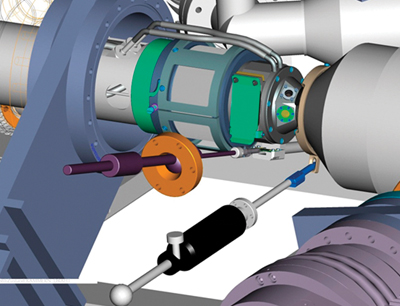X-ray photoelectron spectroscopy (XPS) is capable of characterising the surface composition, oxidation state and electron state of materials. Unfortunately, it uses electrons and so common XPS machines must work at vacuum pressures. But how could you use XPS under ambient pressure?
One option would be to use public synchrotron facilities but access is through proposal review and available time is restricted so it is not feasible for day-to-day studies. Another option would be to follow the lead of Franklin Tao and build an inexpensive, ambient pressure XPS machine in-house.
Such a machine is ideal for catalytic studies. Previously scientists investigated catalysts with conventional vacuum XPS before and after experiments. Tao’s machine enables him to investigate catalyst surface changes during reaction conditions, something that required synchrotron facilities until now. The machine’s novel reaction cell allows XPS measurements to be carried out at up to 25-50 Torr using an inexpensive bench top X-ray source.
In addition to the ambient pressure XPS functionality, an on-line mass spectrometer allows correlation between catalytic performance and surface chemistry. Tao has demonstrated this novel machine by investigating the oxidation and reduction of ceria under real reaction conditions.
With day-to-day ambient pressure XPS now within reach of every research group, catalytic studies under reaction conditions have received a significant boost.
To find out more, download the ChemComm article today.











